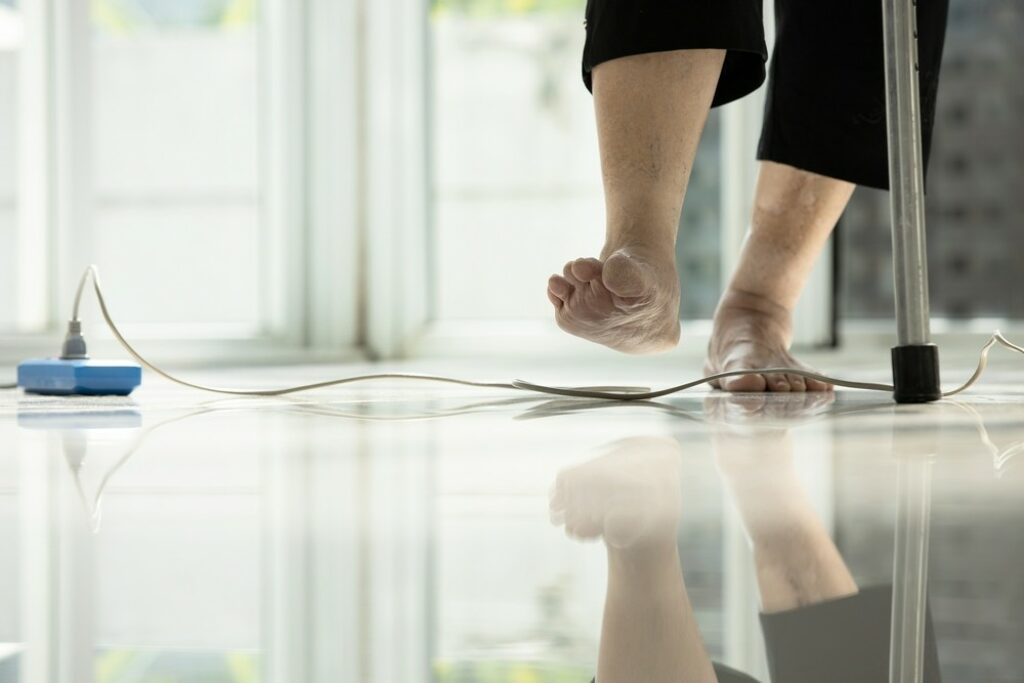
How Seniors Can Safe-Proof Their House To Prevent Injuries
When safe – proofing a home is mentioned, most people associate this with child protection. But they are not the only part of the population that often require certain modifications in the home to reduce risk of injury. Senior citizens need improved safety and protection as well.
Related Topics (Sponsored Ads):
As people age, the five senses and our overall balance naturally begin to decline. Eventually, it becomes harder to see or hear clearly, or to simply get up and walk around with a steady and surefooted balance. Therefore, ensuring the safety of their living environment becomes crucial to prevent injuries and expensive hospital visits.
Plus, this will allow them to maintain independence and remain in the familiar comforts of home. By implementing various measures, seniors can have their homes “safe-proofed” in order to minimize the risk of accidents. This will allow them to move about freely in their home without worry or hassle.
Listed below are the seven key areas where seniors can focus their efforts to create a safer living space.

Eliminating Tripping Hazards
Of all the things that can potentially cause a cut or bruise, small things lying around on the floor are by far the number one culprit. These tripping hazards pose a significant risk to seniors, as falls are a leading cause of injuries among the elderly. Start by removing loose rugs, clutter, and low-lying furniture from their living areas. Additionally, securing carpets with non-slip pads and installing handrails along staircases and hallways can provide added stability and reduce the likelihood of falls.
Adequate Lighting
Insufficient lighting also leads to accidents and falls, especially for individuals with impaired vision. Hence, it’s vital to ensure that all areas of the home are well-lit, with particular attention to entrances, hallways, and staircases. For example, installing motion-activated lights in key areas will provide automatic illumination and added safety during nighttime trips to the bathroom. You can also install bright, energy-efficient LED bulbs to increase visibility, and night lights in bedrooms, bathrooms, and hallways.
Bathroom Safety
Bathrooms are notorious for accidents due to water and moisture that gets everywhere, thus safety measures should also be a priority in this area. To avoid mishaps, have someone come and install grab bars near the toilet, shower, and bathtub to offer much needed stability and support.
Don’t forget to place non-slip mats in the shower and on bathroom floors. Additionally, adjust water heater temperatures to avoid scalding and use a shower chair or bench for added comfort and stability. You may also want to consider a raised toilet seat to make sitting and standing back up easier.
Kitchen Modifications
Although the kitchen may be your favorite part of the home, it is not without dangers. Kitchens can present numerous hazards, but they can be evaded by having all frequently used items within reach, avoiding hard-to-reach shelves, and using lightweight cookware which can minimize the risk of strain, falls and burns.
It’s highly recommended to use a stove with automatic shut-off features, and clearly labeling knobs and switches to enhance safety. Moreover, have anti-scald devices installed on faucets, put anti- slip rugs near the sink and stove, and keep a fire extinguisher within easy reach.
Bedroom Safety
Seasoned individuals may have lived many years, but their fondness for the bedroom seldom fades. They spend a significant amount of time in their bedrooms, so it’s essential to create a safe environment for them in this area. First and foremost, make sure it’s a clutter-free floor space, with easy access to a telephone, light switch or emergency call system. Additionally, a sturdy bed rail or grab bar for assistance in getting in and out of bed can further enhance safety.
Fall Prevention Measures
As mentioned previously, falls are a major concern, so implementing fall prevention measures throughout the home is essential. To achieve this in the best possible way, be sure to install handrails on both sides of staircases, ensure the stairs are in good condition, and applying non-slip treads or grip tape on steps can significantly reduce the risk.
Do not neglect regular maintenance of flooring, and promptly address any loose or uneven surfaces. Additionally, wearing proper footwear with non-slip soles and using assistive devices like canes or walkers when necessary can provide added stability.
Emergency Preparedness
Preparing for emergencies is crucial for seniors, especially if they live alone. Creating a clear emergency plan and providing easy access to emergency contact numbers is crucial. If there aren’t any smoke detectors and carbon monoxide detectors, then make it a priority to have it professionally installed, then regularly check that they are operating in peak condition. You can also keep a first aid kit well-stocked and easily accessible, and if you feel it is necessary, inform trusted neighbors or family members about your emergency plans as well.
Final Thoughts
Do not neglect regular maintenance of flooring, and address any loose or uneven surfaces promptly. The longer these issues remain, the higher the risk of getting hurt.
Additionally, you can wear proper footwear with non-slip soles in the house and use assistive devices like canes or walkers when necessary.




